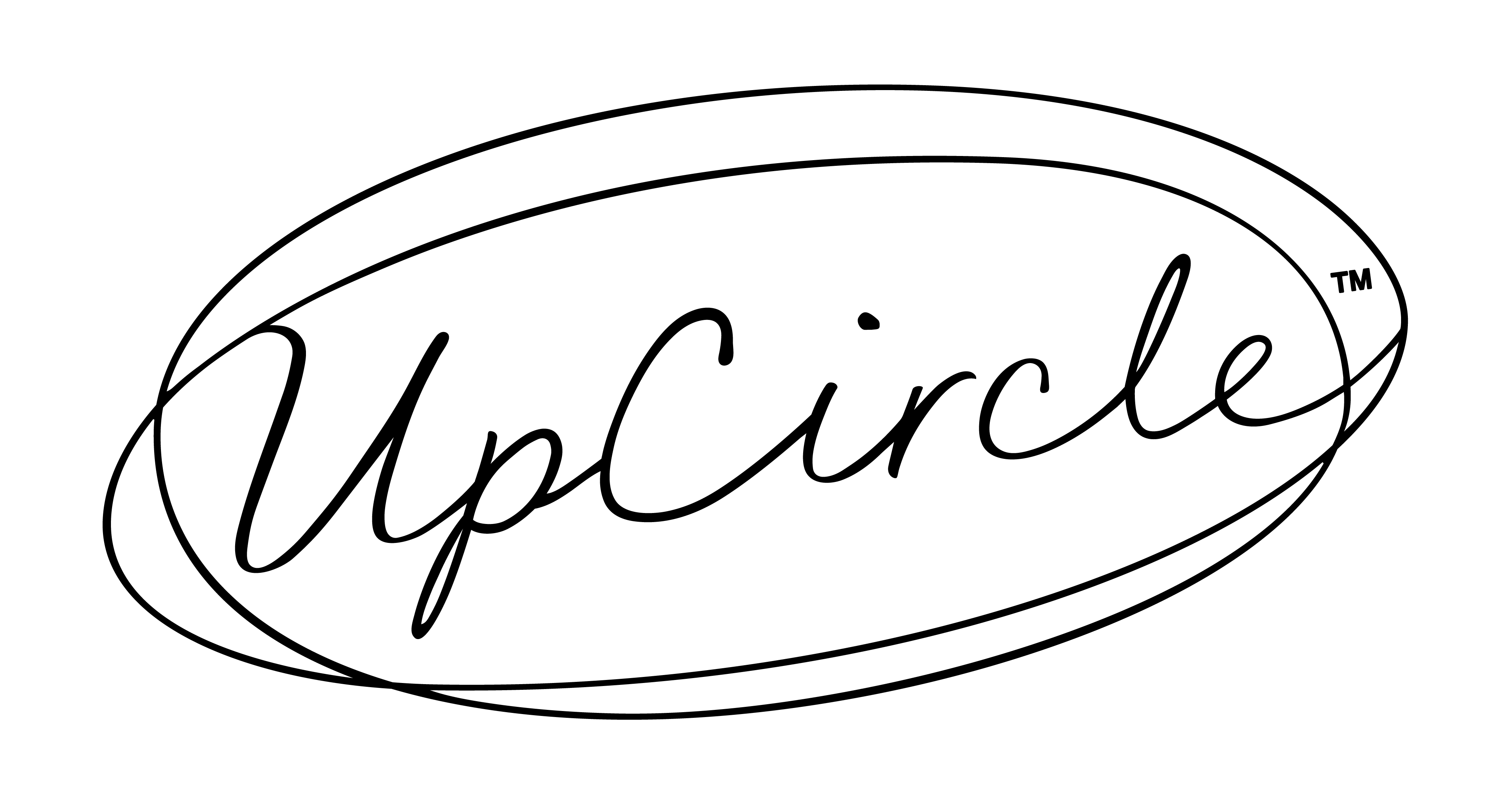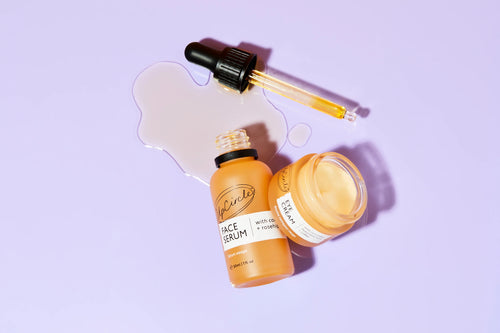There are many terms out there used to describe acne. Words like blackheads, breakouts and blemishes are all widely used. Many of us no doubt have our own self-inflicted negative phrases that we use too! But there are many different types of acne and it’s important to know how to treat specific acne types to help clear up any symptoms quickly and effectively.
So, if you don’t know a pustule from a papule, then we’ve come to the rescue with our guide to identifying and treating different types of acne. Armed with this information, you can view your skin with a more positive approach and minimize breakouts.
Blackheads
Blackheads are a very common form of acne that usually break out on the nose, chin and forehead (the T-zone) of those with oily skin. Unlike most other forms of acne, blackheads are not painful and rarely cause any bumps in the texture of the skin (although many may lead to an uneven texture). That doesn’t mean that blackheads are not a distressing problem – they often begin in our teenage years and can knock our confidence and plague our skin for many years later.
Blackheads are perhaps the easiest kind to cover-up, if you wish to.
Each blackhead is a result of dead skin, dirt and excess oil becoming trapped in the pore, which then oxidizes and turns black when exposed to the air. The result is that the pore’s entry is ‘plugged’ by a black, grey or dark brown dot.
Establishing a good skincare routine is vital for blasting blackheads, and one particularly effective ingredient is activated charcoal. Using a cleanser or soap bar, such as our Fennel + Cardamom Chai Cleansing Bar, regularly on problematic areas will help to banish the blackheads and give you clearer looking skin. Indeed, a good cleansing and exfoliating routine will help to prevent the build-up of grime on your face that can lead to clogged pores.
Whiteheads
Whiteheads are defined by the small, round bumps on the skin that tend to cluster on the face, shoulders and back. They are formed in a very similar way to blackheads, but whiteheads are closed pores. This means a layer of skin has formed over the pore, unlike blackheads which remain open to the air and exposed.
Whiteheads are the quintessential ‘zit’. They can be painful and feel like shining beacons on your face, even though in reality most people won’t notice their existence!
Should you squeeze a whitehead? We know it’s tempting (and undoubtedly satisfying) to pop a pimple, especially as you may feel it’s then easier to cover with makeup and will alleviate the pain. But it can lead to more bacteria entering the inflamed pore. Whiteheads are best tackled with the weekly use of a gentle exfoliating face scrub to help remove the dead skin and cleanse the pores.
Our UpCircle coffee face scrub is formulated to tackle whiteheads and has antibacterial and antiseptic ingredients to keep whiteheads at bay and leave your skin feeling soft and glowing. The scrub also contains top-quality Arabic coffee grounds and soothing shea butter – and smells amazing!
Pustules
Pustules are not pretty and can be painful. They are a type of acne that is filled with yellow pus and can take a long while to go down. They are the bane of many acne-sufferer’s life. It’s not unusual for them to be long-lasting and very difficult to tackle.
Pustules can be caused by hormonal changes – hence so many teenagers suffer from spots – but they can also be caused by other conditions such as psoriasis or rosacea. Understanding what causes your acne can help you to manage it more effectively.
These blights on our skin can be incredibly difficult to conceal – and always seem to pop up just before a first date or job interview! So what can be done to get rid of them?
First of all, resist the temptation to pop a pustule as this can cause infection and scarring. The experts agree that these spots should be left alone. Squeezing a pus-filled spot could cause it to spread or get larger. It could also make the discomfort you experience considerably worse.
One way to minimize pustules is to use a gentle cleansing balm to remove your makeup and any bacteria and impurities every night. Our Cleansing Face Balm with Apricot Powder will break down any pore-clogging sebum, sweat and makeup on the skin to minimize the risk of pustules and leave your skin feeling soothed and hydrated.
Papules
If you’ve ever experienced a raised spot that is red, sore and never seems to form a pus-filled head, then the chances are that you’ve had a papule. Sometimes a papule will turn into a pustule, but often they tend to hang around on the face like a bright red flare that feels – to you at least – like it can be seen from space!
To help prevent papules from forming, our Clarifying Face Mask is designed to close pores and keep bacteria out. Gentle enough to be used daily; the ingredients include powdered olive stones, which have powerful anti-inflammatory properties. It’s calming and soothes papules right down.
Cystic Acne
Cystic breakouts are one of the most severe forms of inflammatory acne, resulting in deep-rooted pus-filled swollen lumps under the skin which can be very painful and larger in size than papules and pustules.
Acne cysts can be difficult to treat and can cause scarring. So while a healthy skincare routine can help to prevent under-the-surface acne cysts, we advise that you seek help from a dermatologist for extreme or painful breakouts.
A dermatologist can advise on the best way to treat cystic acne, which usually involves antibiotics or topical prescription creams.
Blitz those breakouts
Acne affects roughly 95% of the population between the ages of 11 and 30. Although you really are not alone, the symptoms can be very distressing. By understanding the different types of acne and the best methods to combat breakouts, you can minimize the symptoms, adapt your skincare routine and say goodbye to pimples.
A reminder about skin texture
Here at UpCircle, we think it's so important to remember that skin texture is absolutely normal. Whilst we’ve given some tips to combat acne for those that want to, we’re all for embracing the way our skin looks – bumps, texture, marks, spots and all!
For a dose of acne positivity, check out these fabulous Instagram influencers: @yours_sincerely_bekki, @cottyconcha, @spottylittlething and @skinwithsoph!
Make sure to use gentle skincare products that are kind to the planet in your daily routine!






